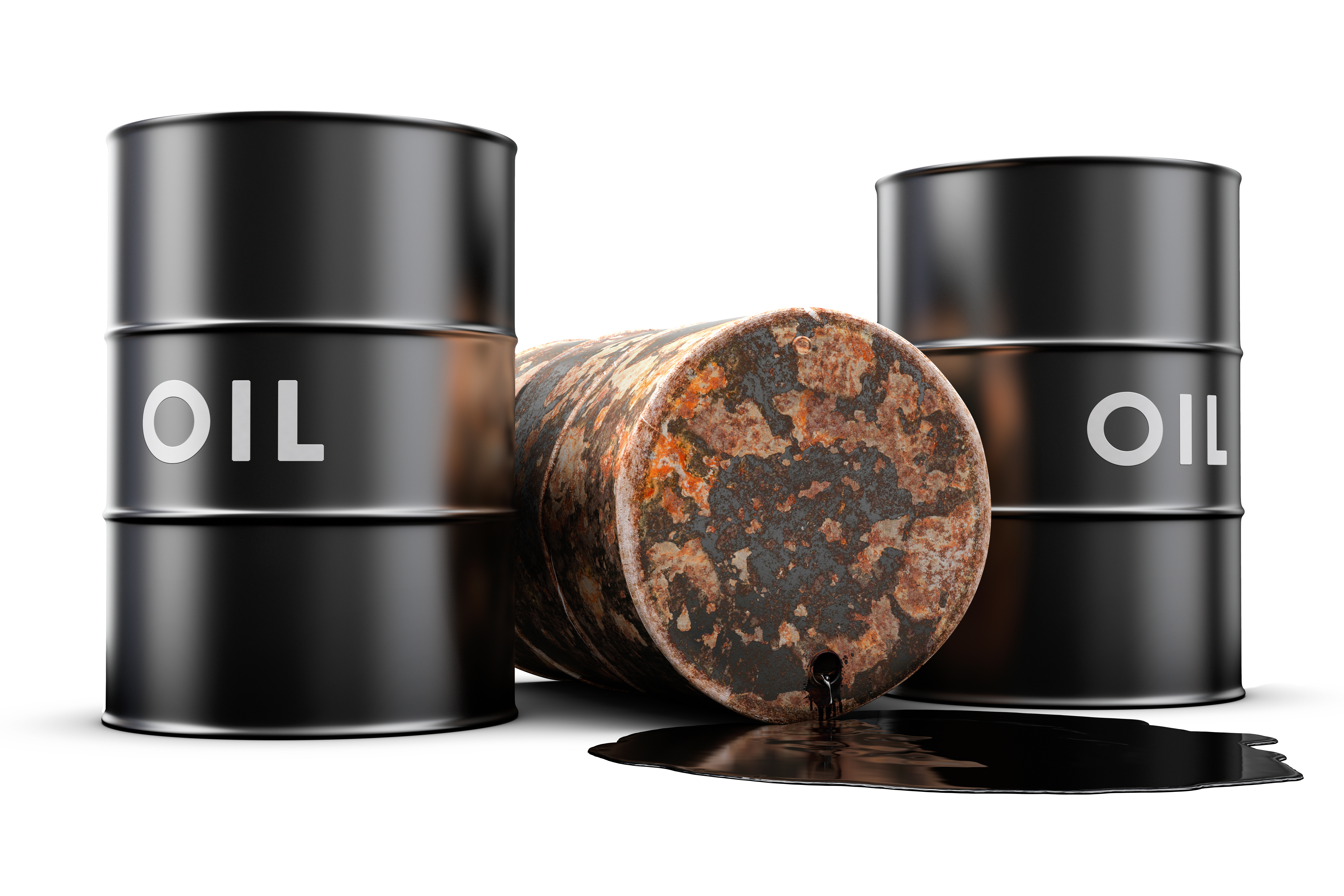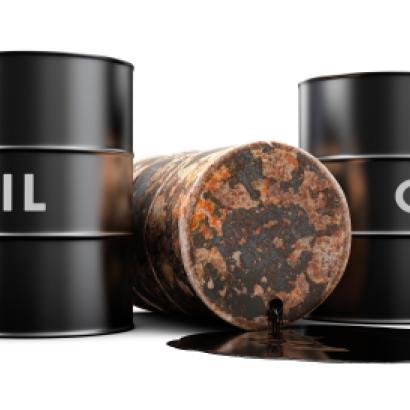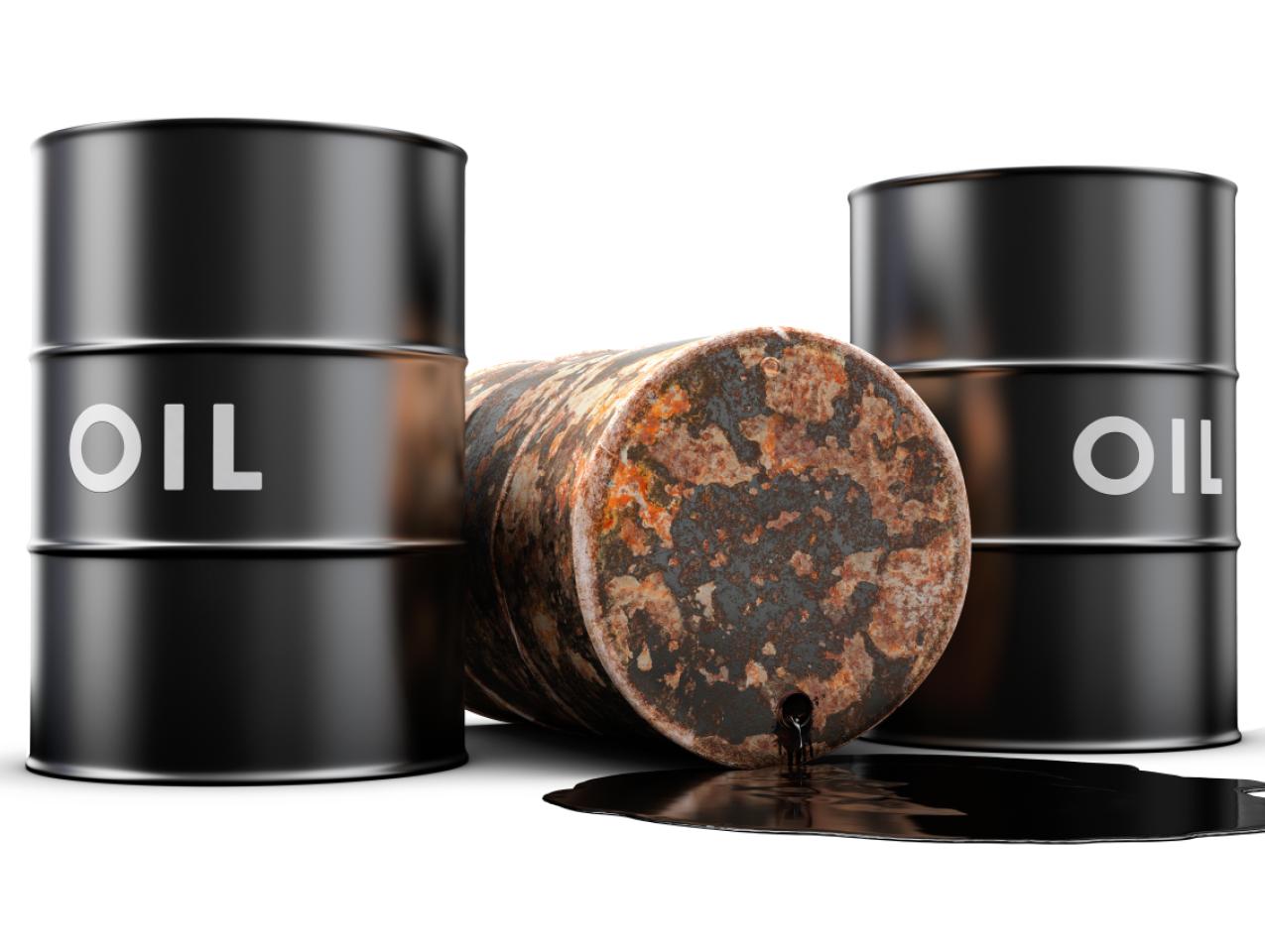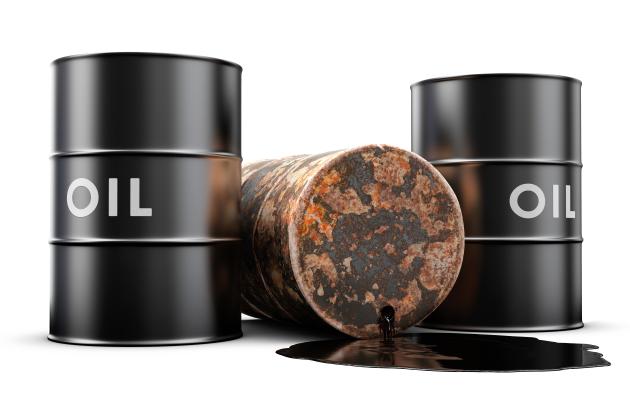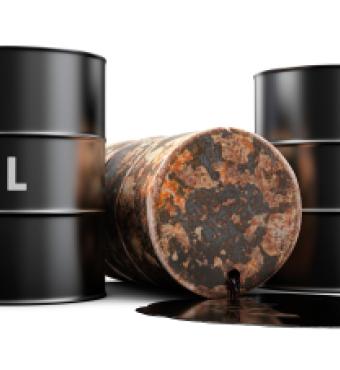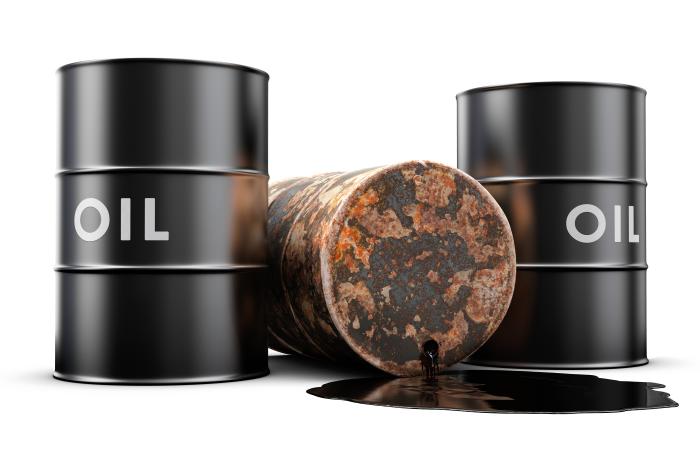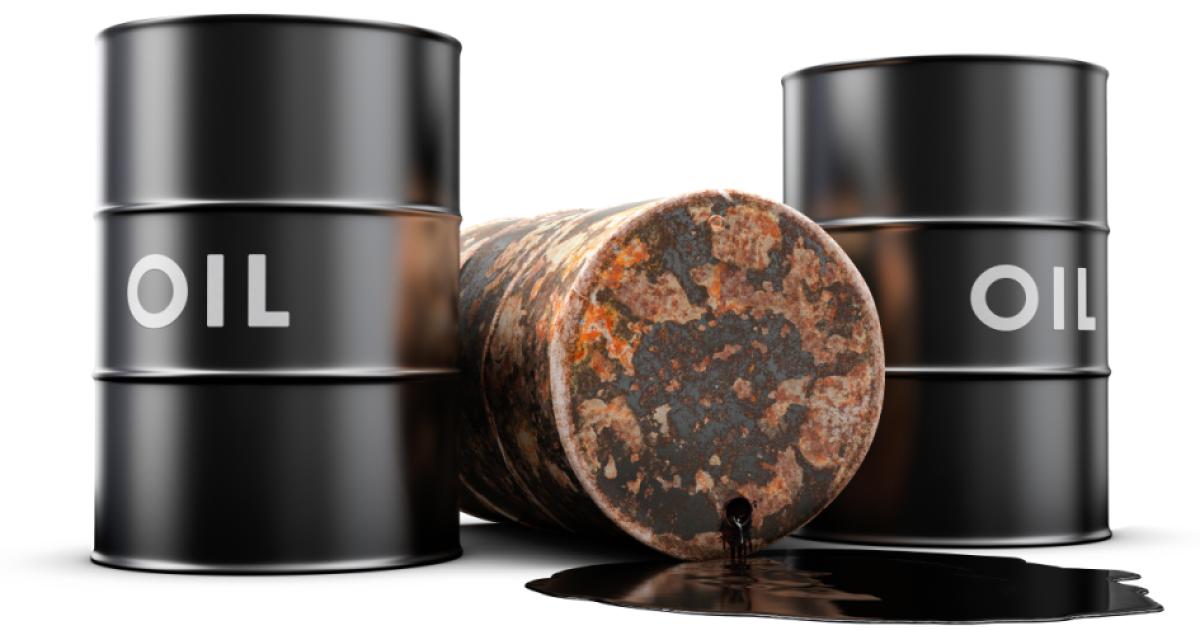- Energy & Environment
- Politics, Institutions, and Public Opinion
- State & Local
- California
Among the many movies depicting life in a bygone California: There Will Be Blood, a 2007 sprawling epic that earned Daniel Day Lewis an Oscar statuette for his portrayal of a silver prospector who comes to the Golden State and strikes it rich in the Los Angeles oil patch of the early 20th century.
That movie’s loosely based on the book Oil! by Upton Sinclair, who has his own nonfictional California story. In 1934, seven years after the release of Oil!, Sinclair ran for governor, promising to end poverty in the Golden State—a quixotic effort in which the famed author ran as a “Democratic Socialist” a good 80 years before Bernie Sanders tried the same approach to higher office.
Sinclair’s campaign plays a role in yet another California-based movie, 2020’s Mank, the tale of screenwriter Herman Mankiewicz and the politics of 1930s Hollywood (it plays fast and loose with the story of how movie studios and California media outlets conspired to take down Sinclair in that election).
Upton Sinclair’s not to be confused with Gavin Newsom, California’s current governor. Sinclair rose to notoriety denouncing heartless capitalism, whereas Newsom’s profited handsomely from the free market (he’s a millionaire many times over thanks to his upscale businesses and ties to San Francisco’s wealthy elite). Moreover, Sinclair ran from the far left at a time when California’s politics were decidedly right of center (not a single Democratic governor from 1889 to 1939), whereas Newsom is a product of a political jet stream that has Democrats predictably coasting to statewide victory time and again in America’s largest state, including last month’s recall election.
That said, Newsom and Sinclair have one thing in common: a deep disdain for energy that comes out of the earth, as the governor’s rhetoric and policy moves have underscored of late.
Oil and fossil fuels have re-emerged in California as a political lightning rod after a crack in an offshore pipeline caused thousands of gallons of crude to enter the Pacific Ocean and sully Southern California’s pristine beaches earlier this month. Newsom promptly walked an oil-soaked beach and (predictably) called for a ban on offshore oil drilling (watch for this to emerge as an issue in next year’s congressional races in Orange County involving freshman Republican incumbents).
But Newsom went a step further—not merely denouncing offshore drilling but also fossil fuel–based employment in California. In the governor’s words: “It’s time once and for all to disabuse ourselves that this has to be a part of our future. This is a part of our past.”
(You might be surprised to know that California, home of America’s fifth-largest share of crude oil reserves, is the seventh-largest crude producer among the 50 states and ranks third in the nation in petroleum refining capacity, trailing only Texas and Louisiana.)
Newsom’s outburst was not the first time in 2021 that oil, gasoline, and natural gas fueled the engine of political correctness. Last week, the California State University system announced that it won’t pursue future fossil fuel investments. A year ago, the University of California system announced that its investment portfolios are fossil free after shedding about $1 billion in assets from its pension, endowment, and working capital pools.
But academic virtue signaling is one thing, while crafting sensible policy is quite another—especially as it impacts the Golden State’s global-scale economy. The challenge for Newsom and other progressives in California: in trying to convince their constituents to kick the fossil fuel habit, how to do so without imposing rules and regulations that handicap the state’s economy and inconvenience everyday life.
Here, as with the oil-soaked beaches, the state finds itself in troubled waters.
Thanks to legislation signed into law in 2018 (before Newsom took office), California is committed to renewable and zero-carbon energy resources providing 100% of electricity sales by the year 2045. In practical terms, that means California will need to roughly triple its present electric grid capacity.
Fitting for a state known for its seismic disturbances, that grid is on shaky ground. At times when the Golden State’s electricity supply can’t keep up with the demand (this can be triggered by unseasonably warm weather that has residents cranking up their air conditioning), California’s independent system operator asks consumers to cut back on electricity usage—using so-called flex alerts. There have been five such alerts issued in 2021 versus five issued in 2020, per state records (underscoring the fragility of California electricity, as I write this my local utility may or may not cut off the juice due to the risk of high winds toppling power lines and sparking wildfires).
So what happens when California can’t find enough power? Simple: it reverts to fossil fuels to make up for the shortfall. In September, the federal Department of Energy approved a request by California’s electric grid operator to extend an extra 200 megawatts of natural gas–fired generation capacity. One of the reasons for that shortfall: a drought-stricken California can’t generate enough hydropower, supposedly one of the pillars of its fossil-free future.
Whether California reaches its lofty energy goals between now and 2045 is one of the great what-ifs when looking at the state’s future.
That, and the next chapter in the love affair between Californians and their automobiles.
Included in the $15 billion climate package signed by Newsom last month is $3.9 billion for zero-emission vehicle goals (a soup-to-nuts approach that includes the purchase of trucks and buses, plus consumer rebates and incentives for low-income Californians to trade in their old cars for cleaner new models).
Here California finds itself on a shorter timetable, with Newsom signing an executive order two Septembers ago requiring that by 2035 all new cars and passenger trucks sold in California be zero-emission vehicles (California’s governor, by the way, reportedly is a Tesla enthusiast; Tesla, meanwhile, is relocating company headquarters from Palo Alto to Austin, Texas).
So how will California’s government convince consumers to warm to notion of switching to electric vehicles? Better technology would be a good start: the Kelley Blue Book lists not a single 2021 model capable of making the nearly 400-mile drive from Sacramento to Los Angeles without stopping for a charge (Tesla’s S model leads the way, at 371 miles). The term-of-art phrase for worrying about getting from point A to point B: “range anxiety.”
But not to fear, California’s Energy Commission has a solution: to meet the needs of what’s anticipated to be some 7.5 million plug-in electric vehicles in the Golden State, simply install 1.2 million public and shared chargers by the year 2030. Now, imagine that added demand on a grid that may or may not shut down depending on how strong the winds happen to be gusting.
There is one other immediate oil concern in California—and one that Sacramento lawmakers are ignoring: the price of gasoline. Last week, the national average cost for a gallon of gas reached its highest since at least October 2014. Nationally, the average was $3.22 a gallon; in California, it was $4.42 (I live not too far from the Shell station that once added “arm” and “leg” to its fuel prices back in 2004, when California was experiencing similar misery at the pump).
Why California’s gasolines prices are so outrageous would take another column to fully explain. The Golden State has the nation’s highest gas tax (nearly 66 cents per gallon). Moreover, the state is an “economic island”—the home to reformulated summer and winter gas recipes that other states don’t have. And there all of 15 refineries in California that produce transportation fuel—a state that’s home to more than 31 million registered vehicles (granted, not all of them on the road or in operating condition).
Should the government in Sacramento take a closer look at the high price of gasoline and its pocketbook impact? Why not, as we have until 2030 when the rubber meets the road—and those million-plus chargers are supposed to be in place.







